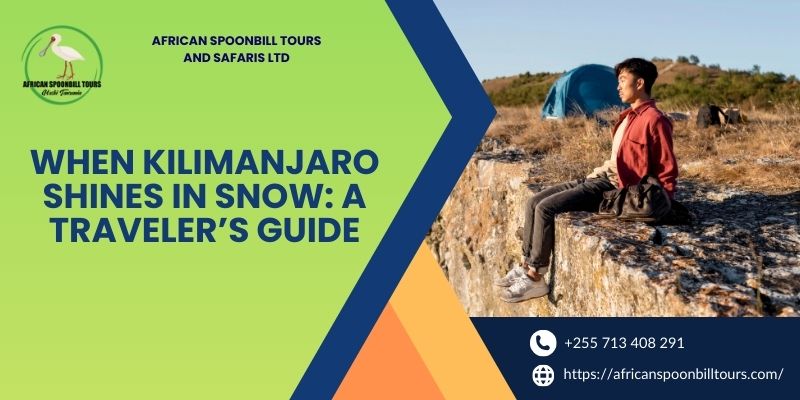
There’s something magical about Africa’s tallest peak crowned in brilliant white. But timing is everything if you want to witness that postcard-perfect moment. The best time to climb Kilimanjaro and actually see it capped in snow depends on a delicate mix of weather, seasons, and luck.
The Myth and Reality of Kilimanjaro’s Ice Cap
For decades, mountaineers and travelers alike have been drawn to Kilimanjaro’s snowy summit, famously described by Ernest Hemingway in *The Snows of Kilimanjaro*. But here’s the catch—Kilimanjaro lies just three degrees south of the equator, meaning snow isn’t permanent across its slopes. Instead, the mountain’s ice fields shrink and expand with the seasons, and scientists note they’ve been steadily retreating for more than a century (NASA Earth Observatory).
Seasonal Shifts: When Snow Is Most Visible
Kilimanjaro’s climate doesn’t run on the familiar four seasons. Instead, it swings between dry and rainy cycles. These cycles dramatically affect snow cover at the peak:
- January to March: The first dry season of the year, offering crisp skies and a good chance of fresh snowfall after December rains.
- April to May: The long rainy season. Trails can be muddy, but the summit often looks its snowiest right after these heavy rains.
- June to October: Another dry season with excellent trekking conditions and clearer summit views, though snow is thinner by late August.
- November to December: Short rains can dust the peak in fresh white, making December climbs surprisingly picturesque.
Balancing Comfort and Snow Views
Many climbers are torn between the comfort of dry trails and the thrill of snowcapped scenery. If you want both, January to early March and June to July strike the sweet spot. The weather is stable, trails are accessible, and the summit often shows off its icy crown.
Pro Tips from Experienced Guides
- Book early in dry seasons for clearer summit photos.
- Arrive a day or two before your trek—clouds often clear in the morning, giving the best view of the peak.
- Layer up. Even when it’s sunny at the base, temperatures at the summit can plummet below freezing.
Why Guided Tours Matter
Picking the right season is one piece of the puzzle; the other is choosing the right team to get you there. Professional kilimanjaro climbing tours not only maximize your chances of reaching Uhuru Peak but also help time your trek to catch those breathtaking snow views. Local guides know when the skies are clearest and where to pause for the best photos.
Beyond Adventure: A Reminder from Nature
Seeing Kilimanjaro’s snow isn’t just about travel bragging rights—it’s also a sobering reminder of climate change. Studies show its glaciers could disappear within a few decades (USGS). Like learning about Empowering Workplace Safety: Top Industrial Safety Tools, experiencing Kilimanjaro’s ice cap highlights how fragile yet vital natural systems really are.
FAQs About Snow on Kilimanjaro
1. When is Kilimanjaro most likely to have snow?
Fresh snow is most common after the rainy seasons (April–May and November–December). However, January to March and June to July offer clearer skies with snow still visible.
2. Is it possible to climb Kilimanjaro during the rainy season?
Yes, but it’s more challenging due to muddy trails and unpredictable weather. That said, the summit often looks its whitest right after these rains.
3. Will Kilimanjaro lose its snow completely?
Scientists predict the mountain’s glaciers are shrinking and could vanish within decades if current warming trends continue.
4. What’s the coldest temperature at the summit?
Nighttime summit temperatures can drop below -7°C (19°F), regardless of the season, with wind chills making it feel even colder.
Final Thoughts
Catching Kilimanjaro crowned in snow is a memory that lingers long after your trek. Choose your season wisely, trust experienced guides, and prepare for the adventure of a lifetime. Whether dusted with fresh snow or glowing in the dry season sun, Africa’s rooftop never fails to inspire.
Full Audio Version:- Click Here




